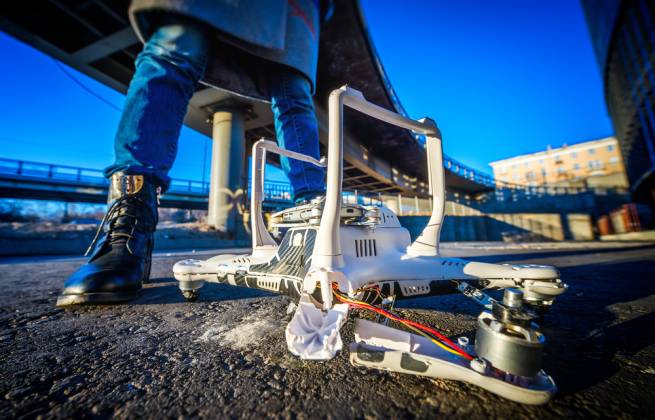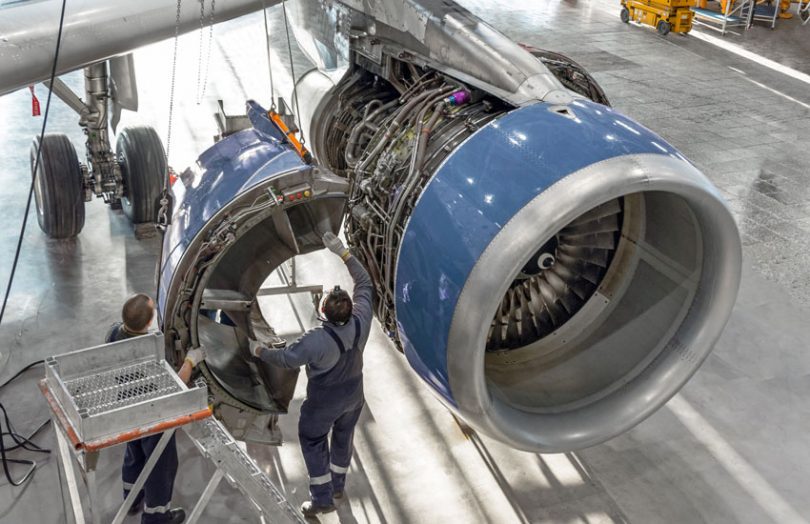As a manufacturer of custom protective cases for drones, we’ve heard plenty of drone crash stories. And, in just about every one of those tales of woe, there’s that moment of panic when the operator is standing before a big mess, totally unsure what to do next. So, we put together this quick, four-step guide that you—our fellow drone-loving friends—can refer to in the event of a high-flying emergency. Read on!
#1 Safety First
Crashes happen; it’s just part of the sport. So, before you do anything, stop and calm down. Getting your head in a clear place is the absolute first step in handling any emergency—drone smash-ups included. Once you’re calm, secure the scene. Remove any debris that might create additional problems, and call 911 if there are injuries. Once everyone has been tended to and the scene is safe, it’s time to check out the damage. (Quick tip: Be sure to note the time; you’ll need it if your accident requires reporting.)
#2 Assess the Damage
Not all drone incidents require a Federal Aviation Administration (FAA) report, so the next step is to figure out whether the law applies in your case. Consumer drone accidents are subject to Title 14 of the Code of Federal Regulations (CFR), Section 107.9. Here it is in a nutshell:
You need to report the incident to the FAA Regional Operations Center within 10 days if your drone accident:
- Results in serious injury to any person,
- Causes any person to lose consciousness, or
- Causes damage to property (other than your drone) exceeding $500
Fortunately, they FAA has made it easy to make a report.
#3 Report to the FAA
Reporting is super easy and available online. You can access the reporting interface at this link, where you’ll find a handy-dandy form reputed to take a mere 10 minutes to complete. Here’s the info you’ll need:
- Operator’s name, phone number and email address
- FAA Airman Certificate number (if applicable)
- Small Unmanned Aircraft System (sUAS) Aircraft Registration number (if applicable)
- Date and time of the accident
- Location of the accident
- Basic accident description
Verify you are not a robot (if that’s the case), and click “send.” All set!
#4 Reflect
This part can be tough on the psyche, but it’s too critical to skip. After all, whether an accident is technically your fault, someone else’s fault or just bum luck, there’s always something to learn. Ask yourself the following questions, and then honestly reflect on how you might do things differently in the future.
- Did you make any choices (however small) that could have contributed to the accident?
- If yes, what could you do differently should you find yourself in a similar situation?
- Were you distracted (even slightly)?
The Takeaway
If you’re reading this article because you’ve had a drone accident, remember not to be too hard on yourself. These things happen, and accidents are part of the learning process. Just be careful and proactive. Make sure your drone is registered, if applicable, and consider drone insurance. Taking those precautions can make the accident experience a whole lot easier. Above all, get out there and keep having fun!
Happy flying!
More From Custom Case Group
Check out DroneHangar
GoPro Tips & Tricks – DroneHangar Lite Video Review
We’re Proud Members of AUVSI


